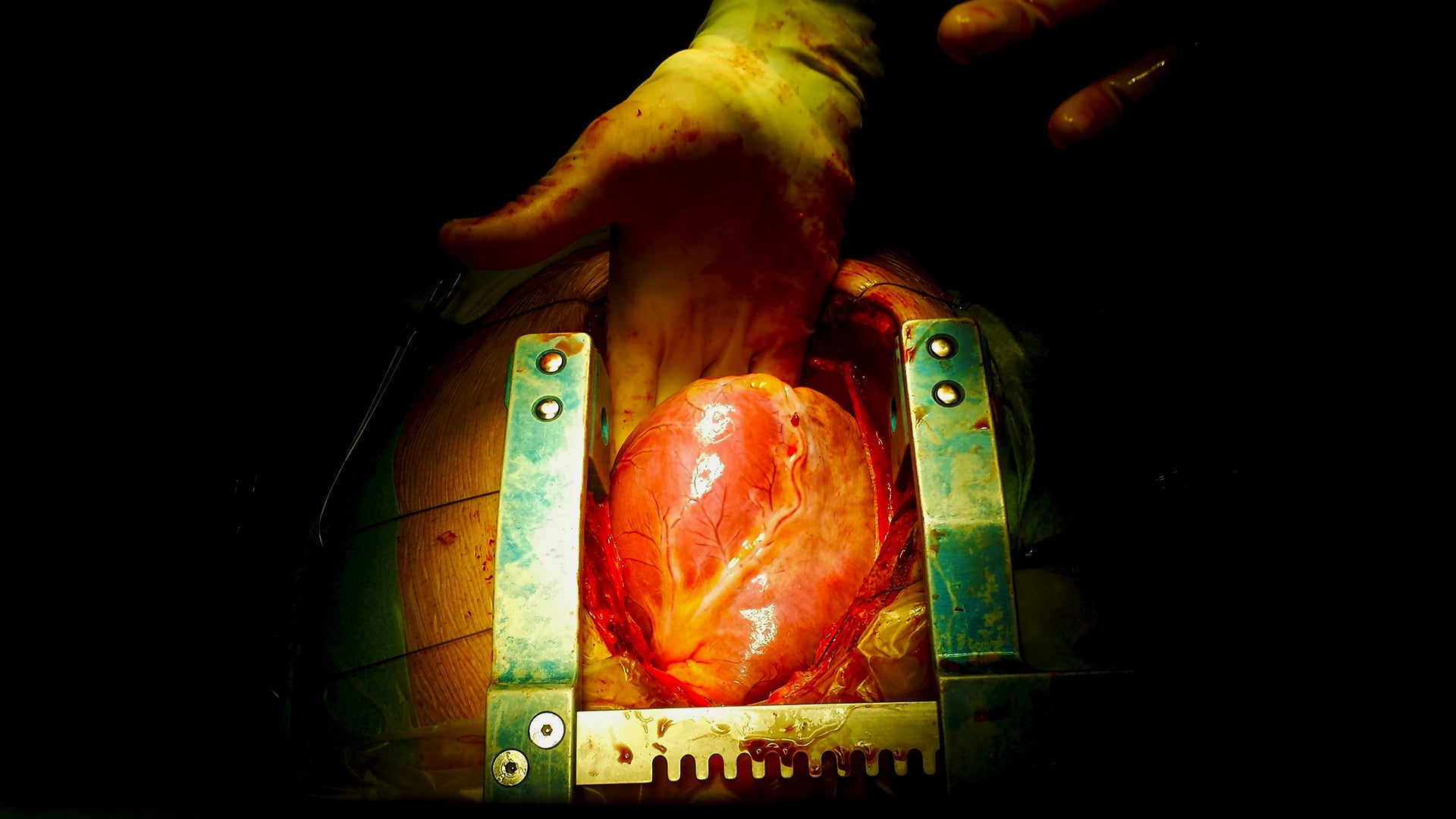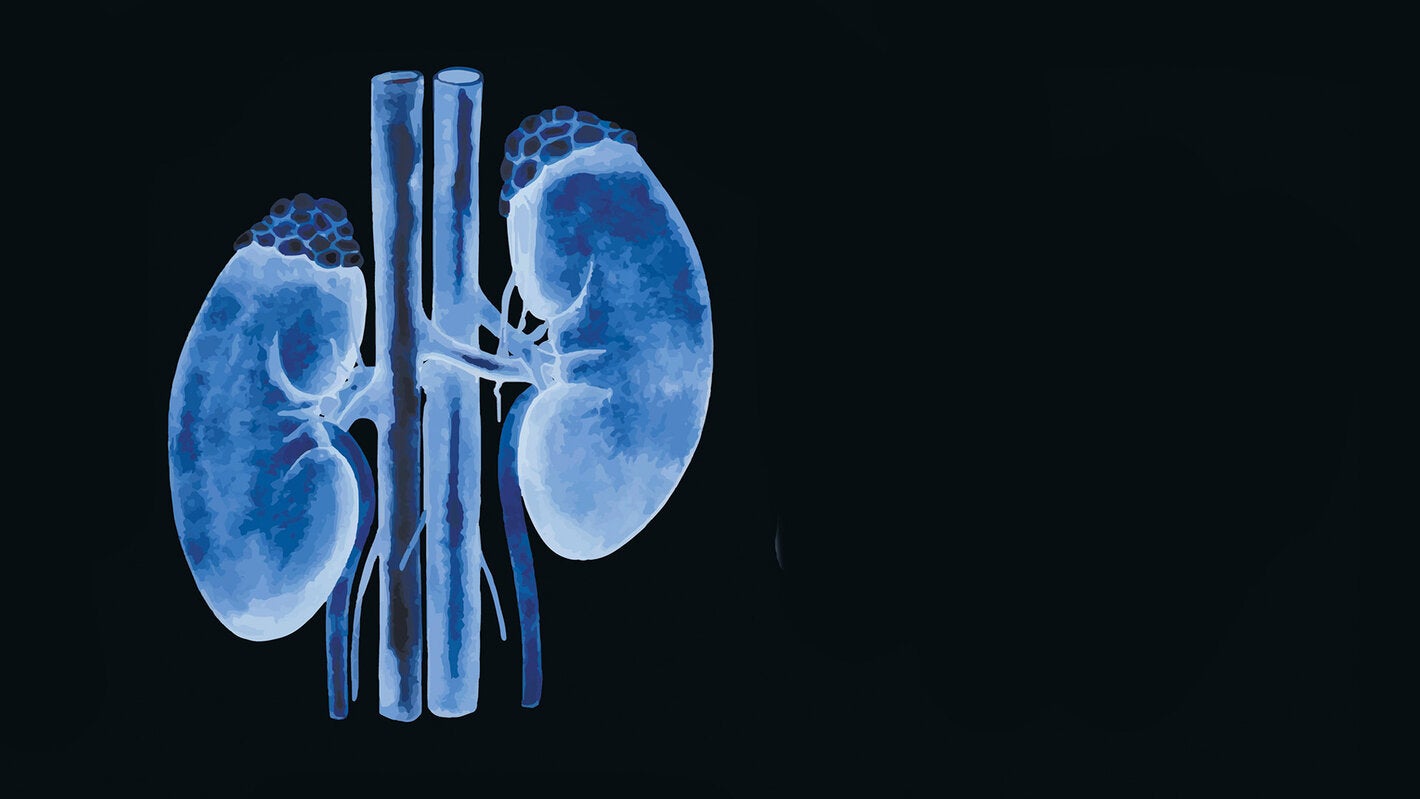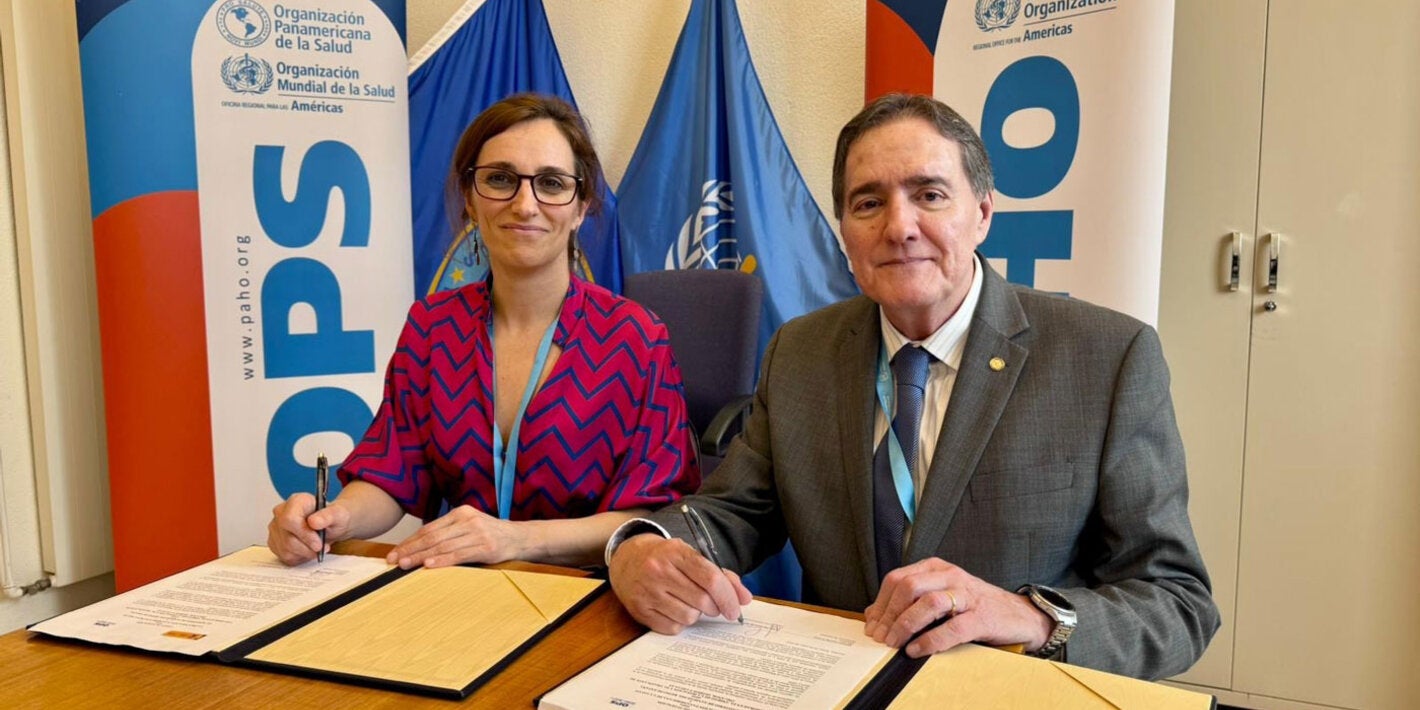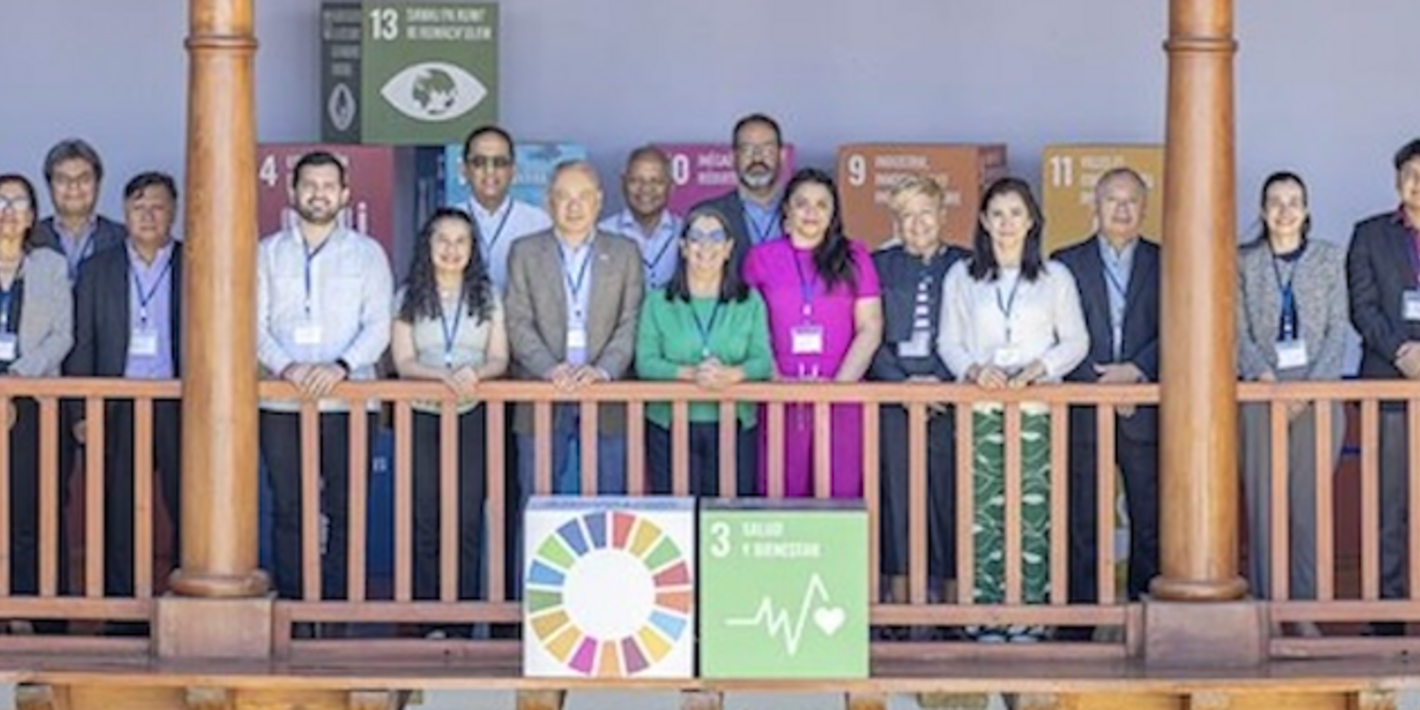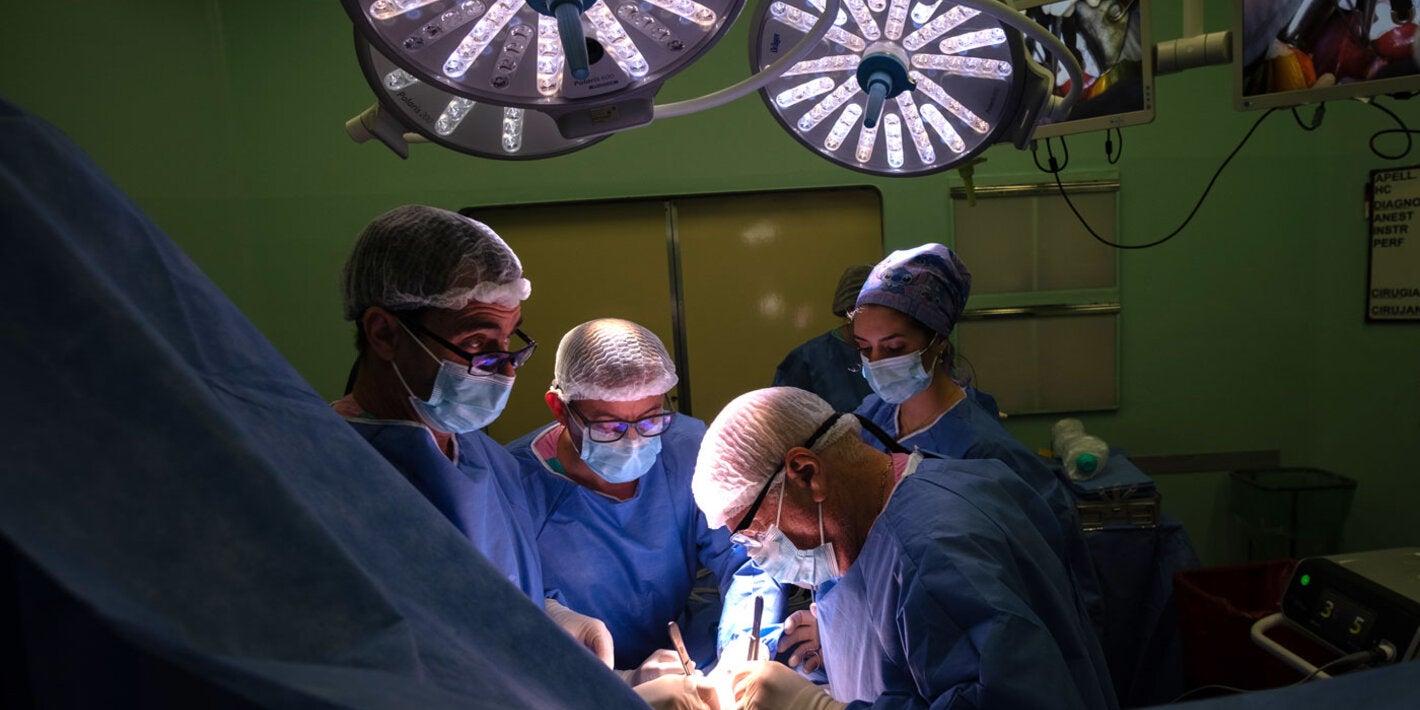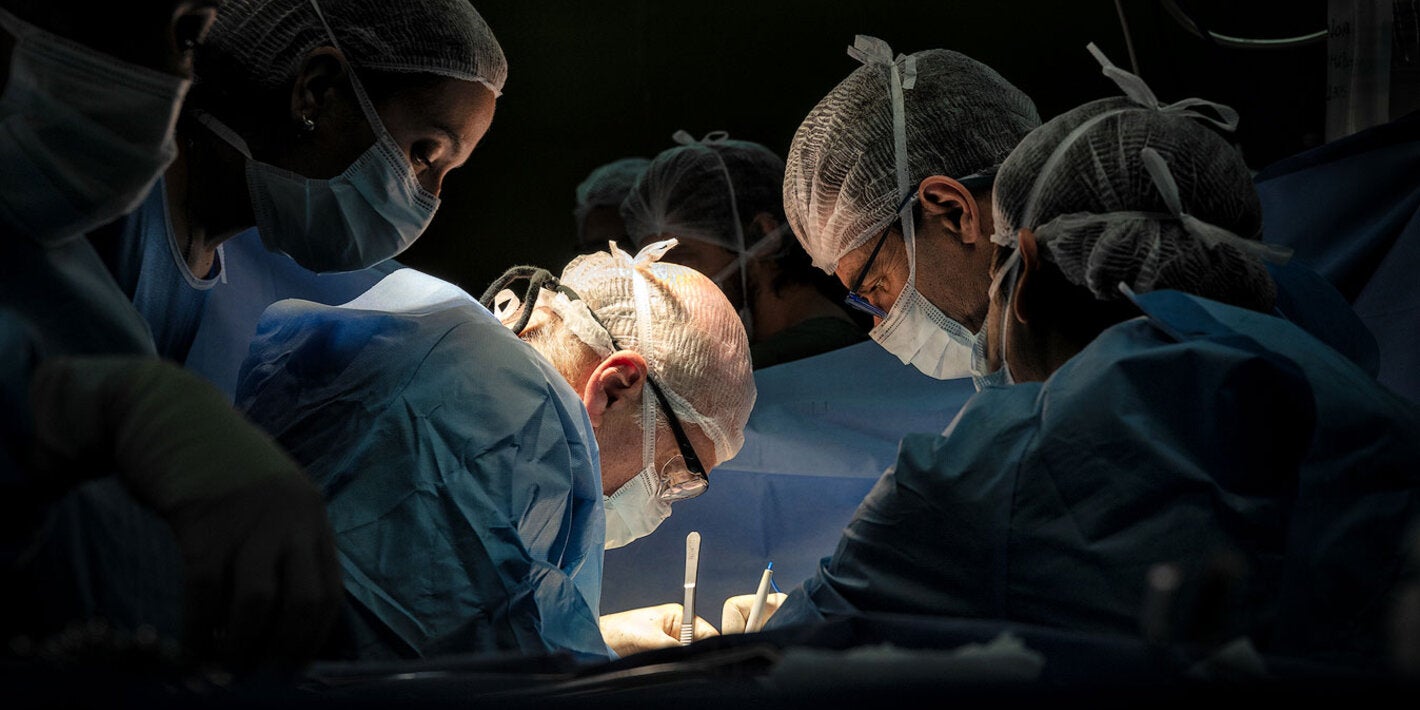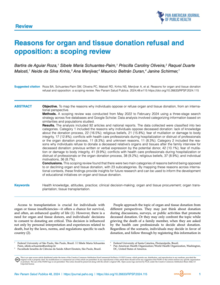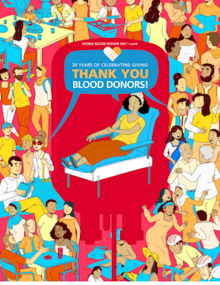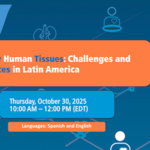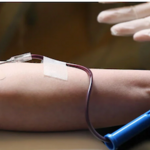Organ, tissue, and cell transplants have become global procedures that can prolong life and improve its quality. Advancements in ablation, conservation, transplantation, and immunosuppression techniques have increased the efficacy, cost-effectiveness, and cultural acceptability of transplants, with a consequent increase in the demand for these procedures.
The ability to perform transplants within the Region’s health systems varies, however. Notwithstanding the proven cost-effectiveness of kidney transplants for treating refractory chronic kidney disease, and of cornea replacements and liver transplants, these procedures are still not accessible to the entire population that needs them.
Despite the marked increase in the donation of organs from both deceased and living donors in recent years, the supply and availability of donated cells, tissues, and especially, organs, are well below the demand. Moreover, the lack of consolidated national programs and competent human resources and the high cost of transplants and maintenance therapies, coupled with inadequate financial coverage and protection, are barriers to equitable access to these procedures.
Organ transplants are often effective not only in treating disease, but can also save health system cost.
- 53,345 solid organ transplants were performed in the Americas in 2016, nearly 40% of the world total.
- The solid organ transplants most commonly performed in the Region were kidney transplants (33,378), followed by liver transplants (11,000).
- Corneal transplants are the most frequent in the world and in the Region, where nearly 40,000 are performed each year.
- There was a 6.8% increase in the organ transplantation rate between 2015 and 2016.
- 25.5% of transplants in the Region in 2016 were from live donors, higher than 21.8% in 2015.
- With 53.3 transplants per million people, the Americas is the region with the highest transplantation rate, followed by Europe.
- In 2016, 64% of all kidney transplants in the Americas were performed in the United States and Canada.
- More than 182,000 people were on waiting lists for kidney transplants in 2016.
- Less than 10% of needs for liver transplants are currently met in the Region.
- In Latin America, Uruguay leads in the donation of cadavers (16.8 per million people), followed by Brazil (14.2) and Argentina (12). Spain is the world leader (47).
- The availability of kidney specialists ranges from 2.1 per million people in Honduras to 50.8 per million in Uruguay.
The mission of the area of Donation and Transplantation in the Pan American Health Organization (PAHO) is to cooperate technically with national donation and transplantation programs in the Region of the Americas to ensure availability and access to human cells, tissues and organs, and also the transparency and combating of human cells, tissues and organs trafficking.


